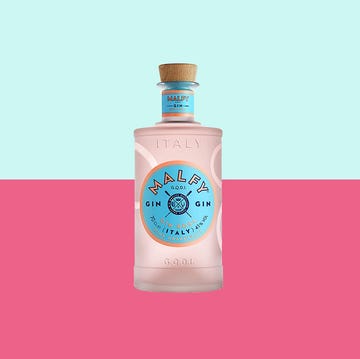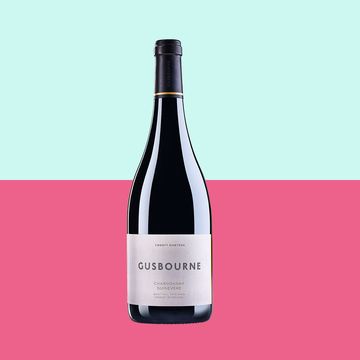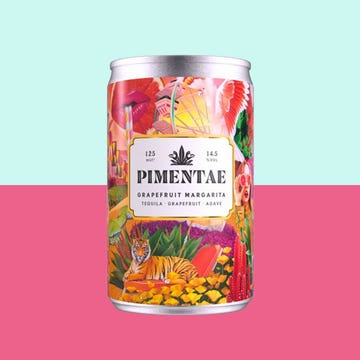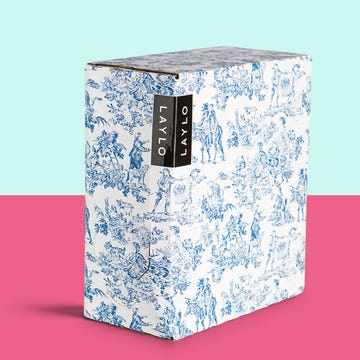We earn a commission for products purchased through some links in this article.
12 best sakés for sipping this summer, tried and tested
Because saké is not just for sushi

Keen to freshen up your drinks trolley? We suggest exploring the wonderful world of saké. The fermented Japanese drink is becoming increasingly popular in the UK, popping up in restaurants and bars across the country.
Perfect for sipping as an aperitif, mixing into cocktails with gin, vodka or whisky or pairing with sushi or other Japanese dishes, it's a super versatile drink to add to your repertoire.
Best saké 2025
These are our experts’ top picks at a glance but keep scrolling for our full reviews and everything you need to know about the world of saké.
Whether you’re a saké newbie looking for an introduction to the tipple, or a seasoned sipper wanting to expand your repertoire, we have options ranging from the entry level price of £14.75 right up to the more luxe £57.44.
To help you find the very best bottle for your drinks trolley, the Good Housekeeping Institute enlisted a panel of WSET-accredited experts and consumers to try a range of the market leaders.
Stacey looks after all food and drink reviews — from coffee pods and veg boxes, to natural wine and tequila. Stacey is also founder of Crummbs, where she’s written nearly 2,000 restaurant and hotel reviews since 2013. Prior to this, Stacey wrote hundreds of in-depth buying guides for the Independent, i newspaper and BBC Good Food, as well as reviewing restaurants and interviewing celebrities in her column at Balance Magazine. Stacey has also appeared in BAFTA-nominated BBC documentary Blood, Sweat & Takeaways, where she investigated South East Asia's food production industry, appearing on both Newsnight and BBC World Service to share her findings. Regularly checking out the latest restaurants, bars and product launches, Stacey also loves experimenting with recipes at home, and is a WSET-certified wine and spirits expert, with over 10 years of experience in the business. You can follow Stacey on Instagram @crummbs_uk
Callum is our Food and Drink Testing Manager and has been part of the world of professional catering for 10 years, from cheffing to food manufacturing. While working in manufacturing he specialised in bespoke product and menu development for several start-ups and well-known brands such as Wrap It Up! and HOP Vietnamese. He holds the WSET Level 2 in wine, a Level 3 in spirits and has a particular interest in agave spirits.


Best non-alcoholic fizz to try in 2025

The best non-alcoholic wines for 2025
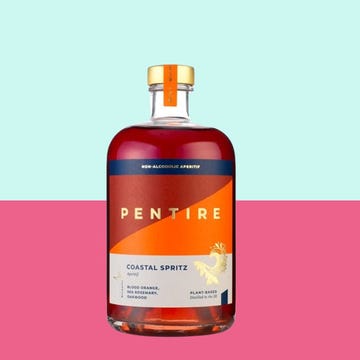
The best non-alcoholic spirits to try now

How to tell a good wine from a dodgy one















